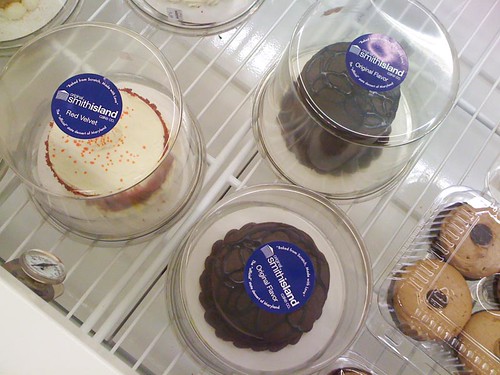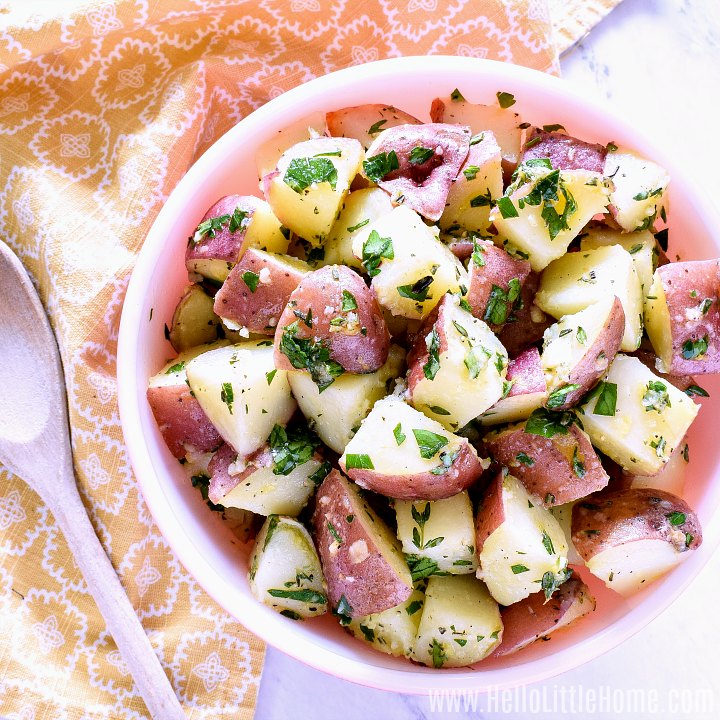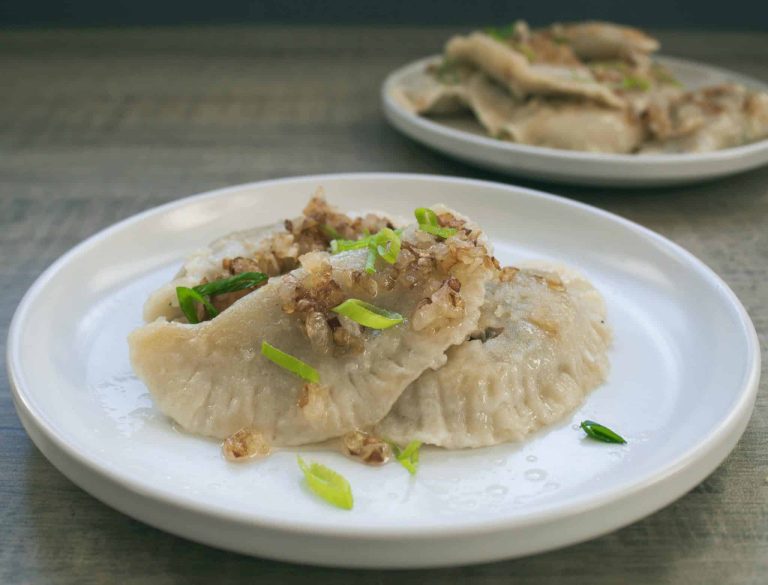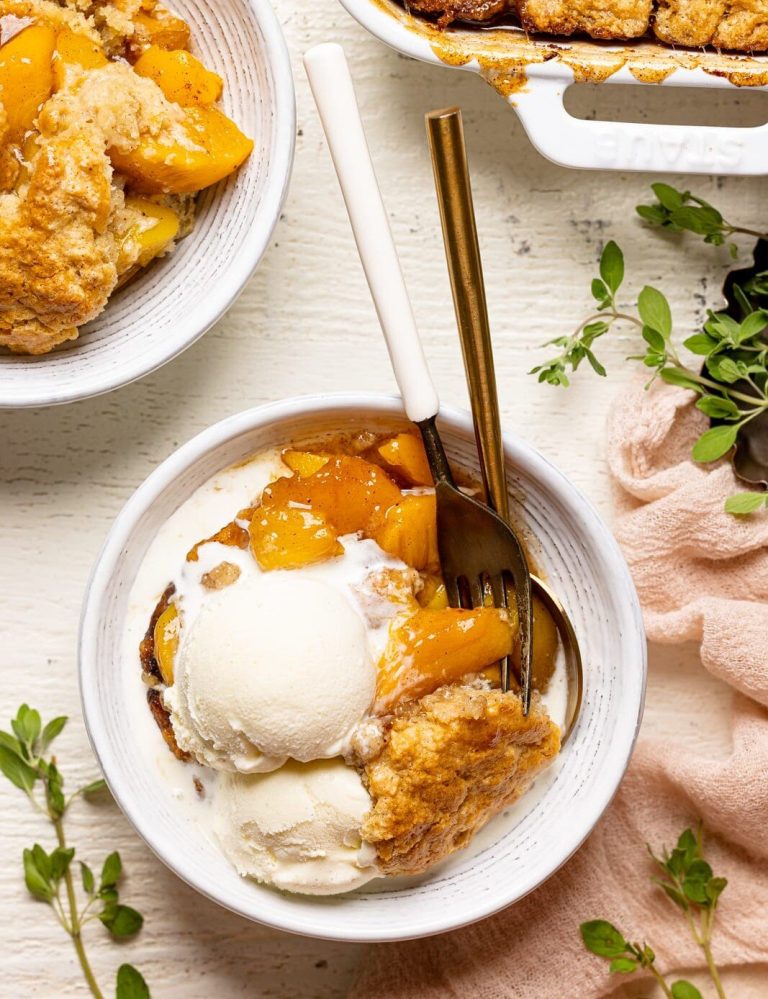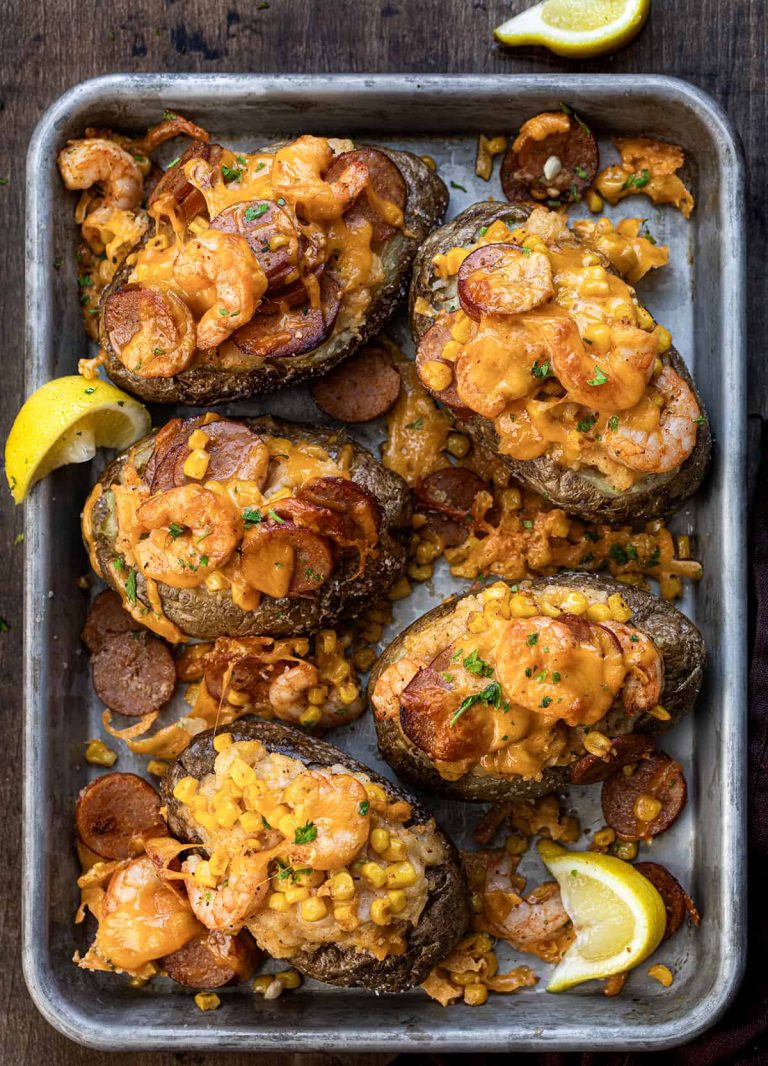Smithsland Cake Recipe
Smithsland Cake hails from the picturesque region of Smithsland, known for its rich agricultural heritage. Local farmers produce high-quality dairy, grains, and fruits, which form the foundation of the cake’s ingredients. In the 1800s, bakers in Smithsland began experimenting with these local products, resulting in the unique recipe we know today. The town’s community centers often host baking events, showcasing the cake’s storied past.
Historical Significance in Local Cuisine
Smithsland Cake is more than just a dessert; it’s a symbol of cultural pride and community spirit in Smithsland. Historically, this cake played a central role in local festivities, including harvest festivals and weddings. Each family has its own variation, passed down through generations, adding personal touches to the traditional recipe. This cake reflects Smithsland’s agricultural abundance and culinary creativity, making it an integral part of local cuisine.
Key Ingredients in Smithsland Cake
Unique Components That Define Its Taste
Smithsland Cake’s distinct flavor comes from its unique ingredients. One primary component is local honey, which imparts a natural sweetness. Freshly milled flour from Smithsland’s wheat fields provides a nutty aroma. Smithsland’s dairy farms contribute fresh cream, adding richness and moisture to the cake.
The signature spice blend includes cinnamon, nutmeg, and a hint of allspice, enhancing the cake’s warmth. Locally grown apples, finely grated, give it a fresh, fruity undertone. Farm-fresh eggs ensure a fluffy texture. Using these ingredients creates Smithsland Cake’s characteristic taste that’s beloved by its community.
Availability and Substitutes
Most ingredients are readily available, but some may require substitutes due to regional constraints. If local honey isn’t an option, high-quality organic honey can serve as a substitute. Substituting the freshly milled flour with organic whole wheat flour achieves a similar consistency and taste.
For the dairy component, use high-fat cream if local fresh cream can’t be sourced. Choosing fresh, organic apples ensures the right flavor if local varieties aren’t available. When replicating the spice blend, store-bought spices work well, provided they’re fresh and authentic. Using substitutes enables you to experience Smithsland Cake even outside Smithsland’s region.
How to Make Smithsland Cake
Step-by-Step Baking Process
- Gather Ingredients: Collect local honey (1 cup), freshly milled flour (2 cups), farm-fresh eggs (4), Smithsland apples (2 cups, diced), a signature spice blend (1 teaspoon), room-temperature butter (1 cup), granulated sugar (1 cup), and dairy (1 cup).
- Prepare Apples: Peel, core, and dice Smithsland apples. Set diced apples aside.
- Preheat Oven: Preheat your oven to 350°F (175°C). Grease and flour a 9×13 inch baking pan.
- Cream Butter and Sugar: In a large mixing bowl, beat room-temperature butter and granulated sugar until light and fluffy.
- Add Eggs and Honey: Beat in eggs one at a time, then mix in local honey until well combined.
- Combine Dry Ingredients: In a separate bowl, whisk freshly milled flour, the signature spice blend, and a pinch of salt.
- Mix Wet and Dry Ingredients: Gradually add the dry ingredients to the wet mixture, alternating with dairy, beginning and ending with the dry mixture.
- Fold in Apples: Gently fold diced Smithsland apples into the batter.
- Bake the Cake: Pour the batter into the prepared pan. Smooth the top and bake for 45 minutes, or until a toothpick inserted into the center comes out clean.
- Cool and Serve: Let the cake cool in the pan for 10 minutes, then turn it out onto a wire rack to cool completely before serving.
- Temperature Control: Ensure all ingredients, particularly butter and eggs, are at room temperature for better mixing and consistency.
- Accurate Measurements: Use a kitchen scale for precise measurement of ingredients, reducing the risk of errors.
- Proper Mixing: Avoid overmixing the batter to maintain a moist, tender cake—mix until ingredients are just combined.
- Quality Ingredients: Opt for the freshest local ingredients available for an authentic Smithsland Cake experience.
- Baking Time: Check the cake 5 minutes before the recommended time to prevent overbaking. Use a toothpick to ensure it comes out clean.
- Cooling Process: Allow the cake to cool completely on a wire rack to prevent it from becoming soggy.
Serving and Presentation Ideas
Creative Ways to Serve Smithsland Cake
Elevate Smithsland Cake by garnishing it with local, fresh fruits. Sliced apples, raspberries, or strawberries pair well with the cake’s rich flavors. For added texture, sprinkle chopped nuts like pecans or walnuts.
Consider serving the cake with a side of homemade whipped cream or a dollop of vanilla bean ice cream. The creamy addition enhances the moistness and complements the sweet notes.
For an elegant touch, drizzle a simple honey glaze made with Smithsland’s local honey over the cake. The glaze adds a glossy finish and intensifies the taste of honey in the cake.
Present small cake slices on individual dessert plates with a dusting of powdered sugar or a sprig of mint for a sophisticated look. These finishing touches make a visual impact.
Occasions Best Suited for Smithsland Cake
Smithsland Cake fits perfectly at family gatherings and community festivals. Its homey flavors and inviting aroma bring people together, making it an ideal dessert for such events.
Offer Smithsland Cake at holiday dinners like Thanksgiving or Christmas. The cake’s warm spices and comforting texture align well with traditional holiday dishes.
Serve Smithsland Cake during autumn harvest celebrations. The cake’s use of locally grown apples ties it to the season’s bounty and enhances the festive atmosphere.
Bring Smithsland Cake to potluck meals. Its adaptable recipe and crowd-pleasing taste make it a favorite among varied dishes, ensuring it’s well-received.
Using these serving and presentation ideas can enhance the appeal and enjoyment of Smithsland Cake, making any occasion special.
Variations of Smithsland Cake
Popular Adaptations and Regional Twists
Smithsland Cake showcases its adaptability through various popular adaptations and regional twists. Bakers often incorporate local ingredients to develop distinct versions, preserving the cake’s essence while introducing new flavors.
- Berry Infusions: Northeastern regions often use blueberries and raspberries in their Smithsland Cakes. These berries add a tart sweetness, complementing the cake’s rich texture.
- Nut Variants: Areas with abundant nut production, like the Midwest, include crushed walnuts or pecans. This variant introduces a crunchy, nutty layer, diversifying the cake’s profile.
- Spice Blends: Southern regions experiment with spices such as cinnamon, nutmeg, and cloves. These spices impart warmth and depth, making the cake ideal for autumn and winter festivities.
- Citrus Accents: Coastal areas might use lemon or orange zest. The citrus notes provide a refreshing contrast to the cake’s sweetness.
- Herbal Infusions: Some bakers incorporate fresh herbs like lavender or rosemary. These herbs infuse a subtle earthy flavor, perfect for a sophisticated twist on the classic dessert.
These variations highlight the versatility and enduring appeal of Smithsland Cake across different regions.
Conclusion
Smithsland Cake isn’t just a dessert; it’s a piece of history and a testament to the rich culinary traditions of its region. Its unique blend of local ingredients and the countless ways you can adapt it make it a versatile treat for any occasion. Whether you’re enjoying it with a simple honey glaze or experimenting with regional twists, Smithsland Cake offers a delightful experience for your taste buds. So, next time you’re looking to impress your guests or simply indulge in a slice of heritage, remember that Smithsland Cake is the perfect choice.
